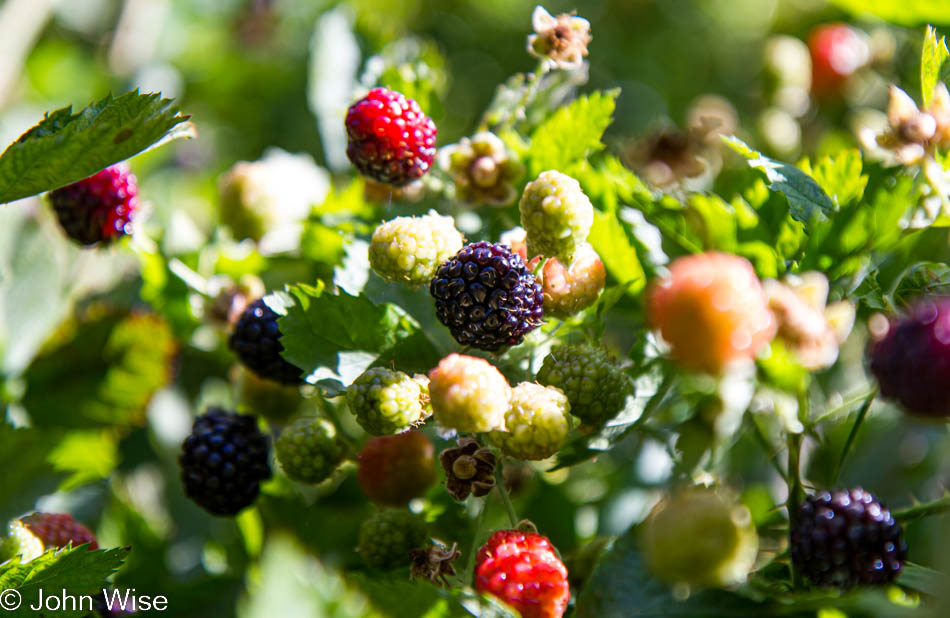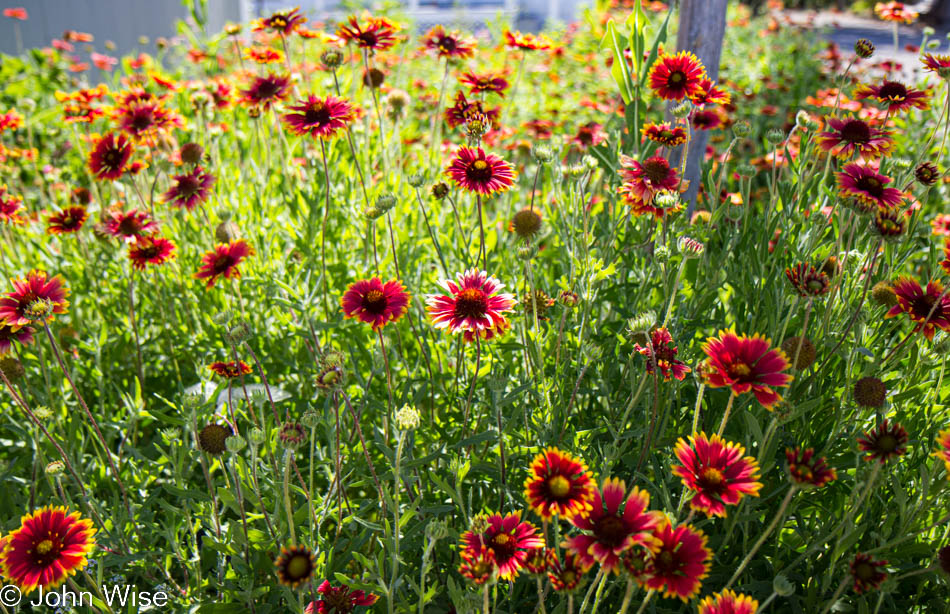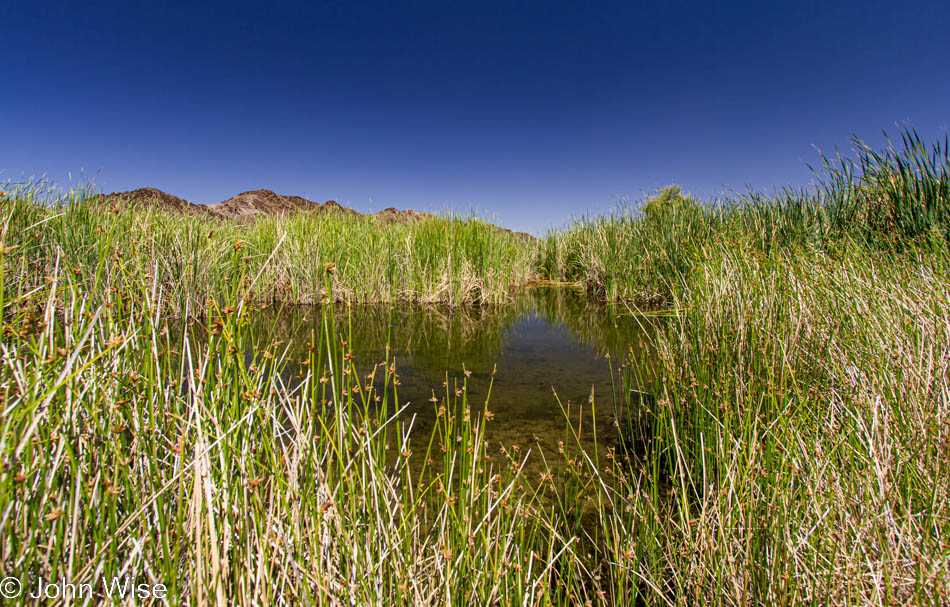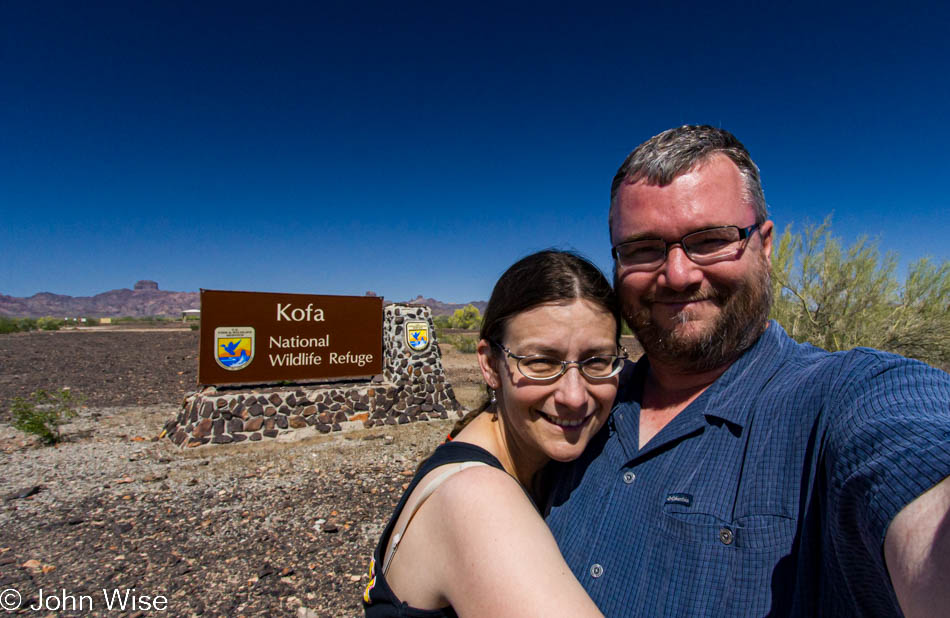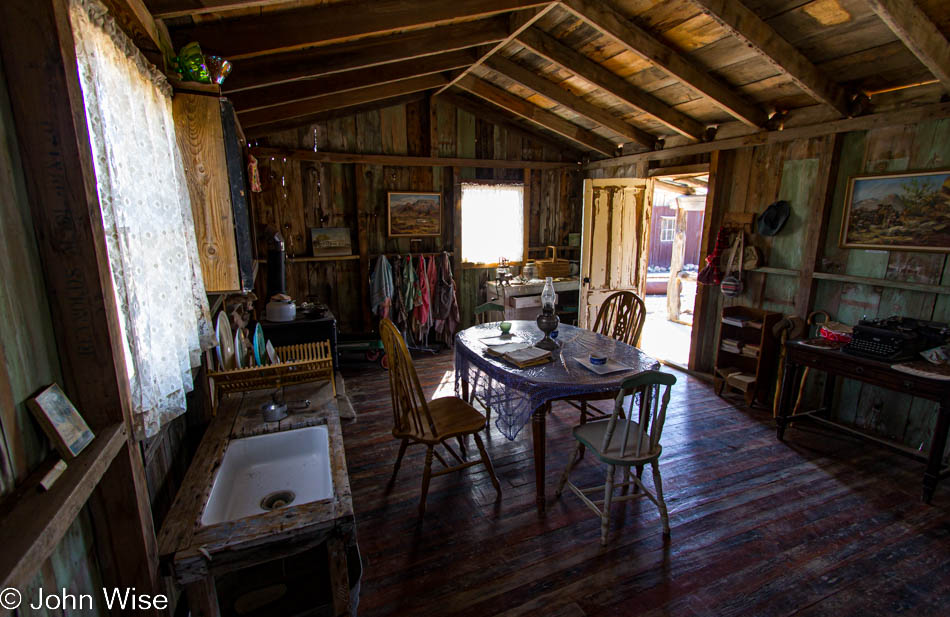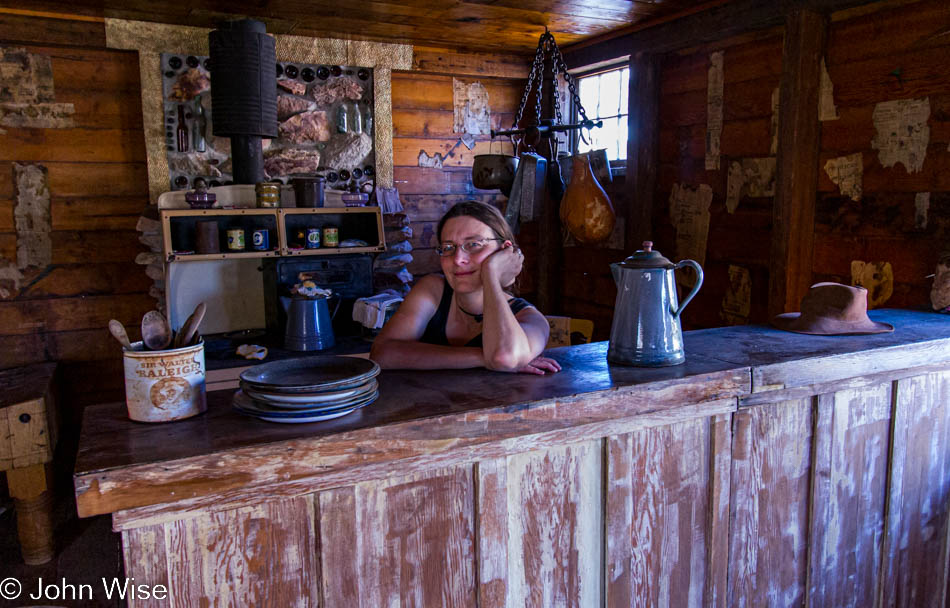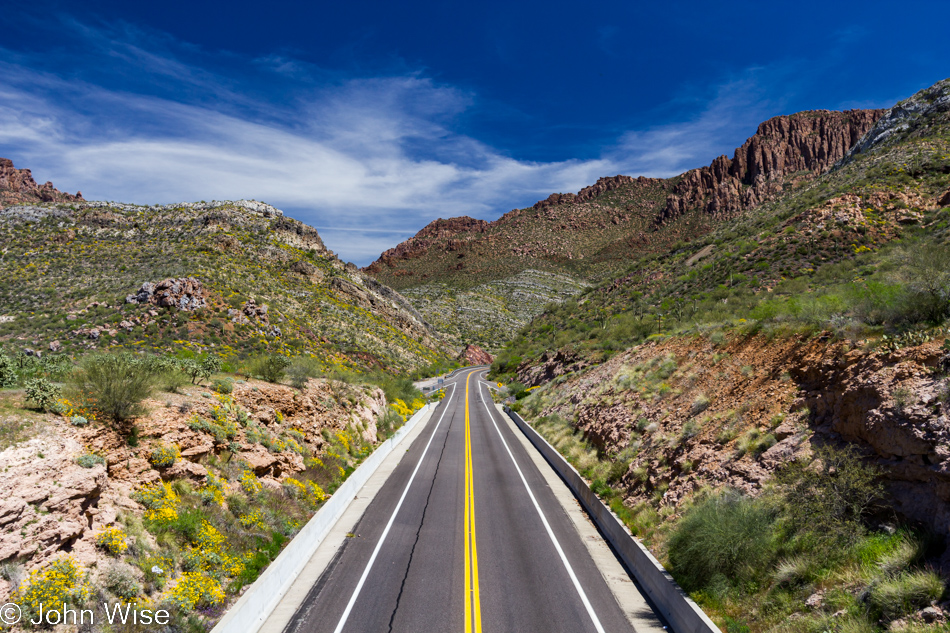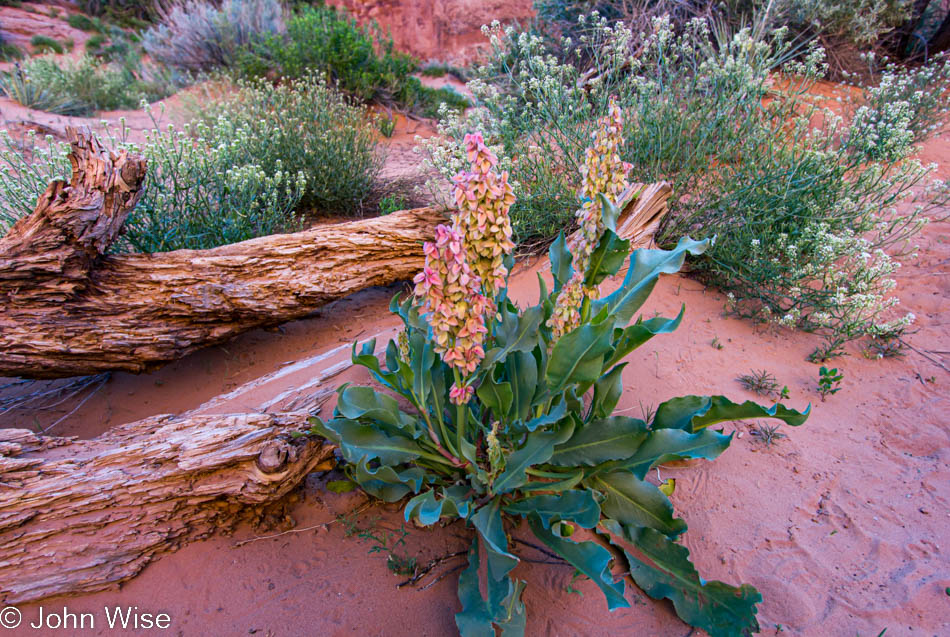
While traveling, I shoot a lot of photos, too many to post. Often, it is a chore trying to pick a few favorites that I will post with a short narrative about our journey. It can be too easy a choice to select those images with sweeping horizons, vast landscapes, and dramatic sunsets. But that can also give the impression that I miss the fine points. So today, I am showing the fine details and skipping the grandiose.
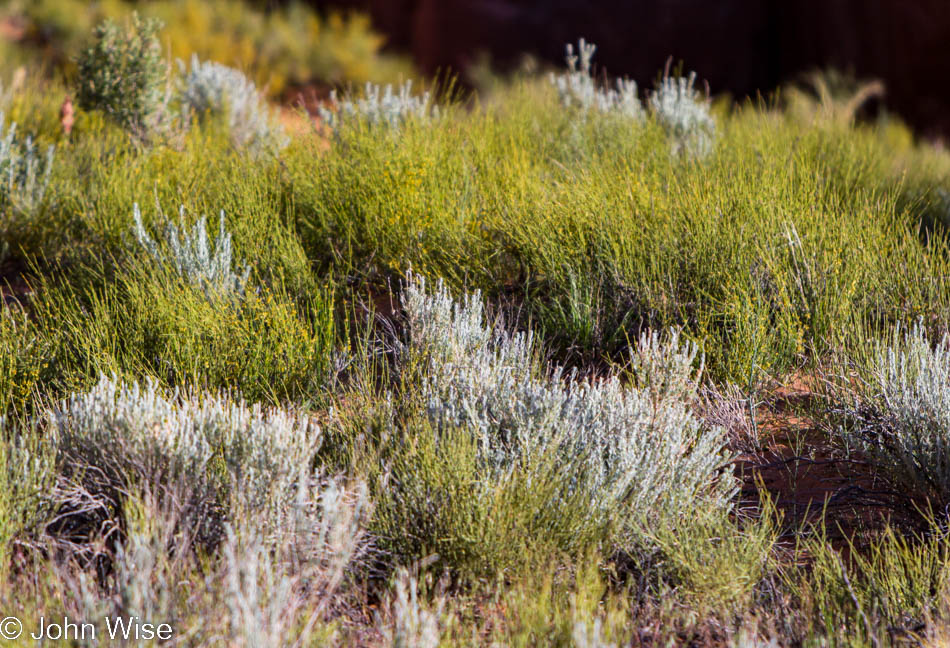
At sunrise on a holiday weekend, there is no waiting at the ranger booth to pay fees; two hours later, there will be over a hundred cars backed up with impatient families racing to collect an experience or two as they zoom over the road to a “hot” destination to snap a few photos and be on their way. Arches National Park this Memorial Day weekend will be plenty busy, but right now, it is all ours. The trail to Landscape Arch is quiet. All around us, spring has delivered an abundance of flowers and greenery. During the late summer and early fall, it is easy to look past the dead brush, crunchy weeds, and all of the other stuff that looks as though it was alive at the time the rocks that make up the park were still sand.

To be distracted in thinking that Landscape Arch is ‘the’ thing to see is easy, and if you want to view just what the big attraction is, you can Google that, but I want to share with you what the average visitor appears to be missing. Look down at the ground, feel the fine, still cool, red sand, put your nose close to the flowers, and try to find their fragrance. There is a world of ever-changing desert life that fills in the spaces under the soaring skyline. First, you have to come to your senses that what is between your car and your idea of a destination is just as integral a part of the journey as the collection of trophies.

A tiny flower is observed. How long will it live? What is its purpose? Should I have brought a book about the local flora so I might be wiser tomorrow for learning today the breadth of variety that exists in a landscape, so many people might see as barren? All around me, giant red sandstone rock begs for attention; I gladly give mine to those things below the radar screen.
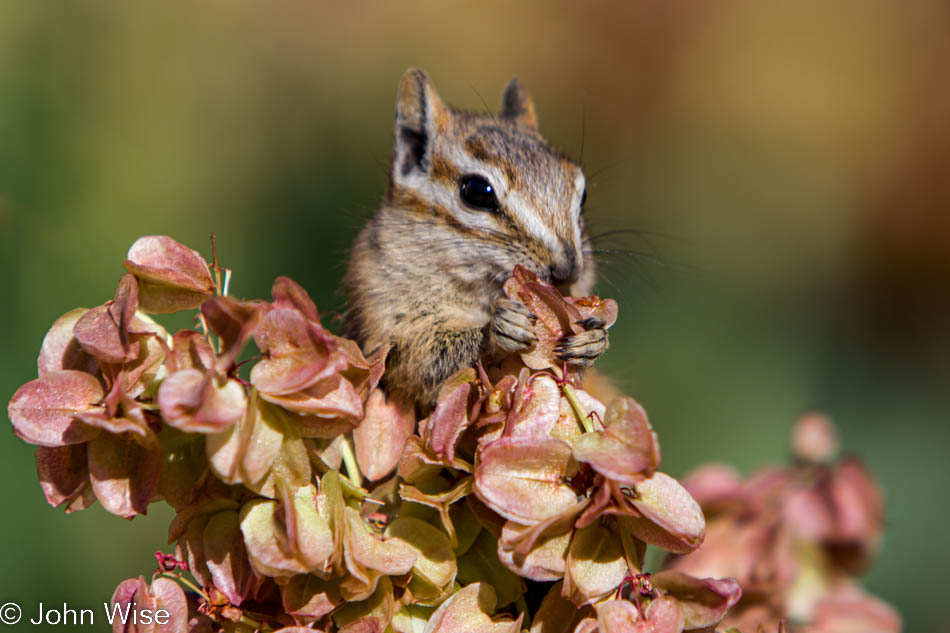
Before leaving Arches we visit the now-open visitor center so Caroline can pick up a Junior Ranger guide. She whittles away like a chipmunk, trying to finish the exercises to earn her badge, and in no time, she is being sworn in. With so many people swarming into the park, we decide to leave early. This is not the first or second time we have visited Arches, and we drive over to the more subdued Dead Horse Point State Park.

The rim trail is our hike of choice. The overlook of the Colorado River is truly stunning, but so is this yellow Colorado chipmunk. I don’t know about you, but I had never seen a chipmunk with yellow markings before – now that’s epic. For a couple of hours, we amble along the cliffside, taking our time to commune with lizards, study various cactus flowers, take in the intoxicating scent of cliff rose blossoms, and generally stay in amazement at the colorful state of the otherwise monochromatic desert.

And now, over to Canyonlands and the Islands in the Sky district. The focus of this hike could loosely be considered to be the Upheaval Dome, and we sure are thrilled to see this natural anomaly about which scientists still aren’t sure how it was formed, but we are also just as happy to see how some terrific trail builders cut us a path over this difficult terrain so we can find our way over a primitive land with relative ease.

The day will end with dinner in Moab at Eddie McStiff’s and another visit to the local grocery for some fresh fruit and snacks for the next day. The town of Moab is stuffed to the gills with visitors on Memorial Day – the busiest day of the year for this mountain biking mecca. A torch-red strip of flaming clouds cut a diagonal across the light clouds before the sunset. Tired from a busy day of looking at small details, we head to our room to digest the rich diet of a million things our eyes ate over the course of a beautiful day.
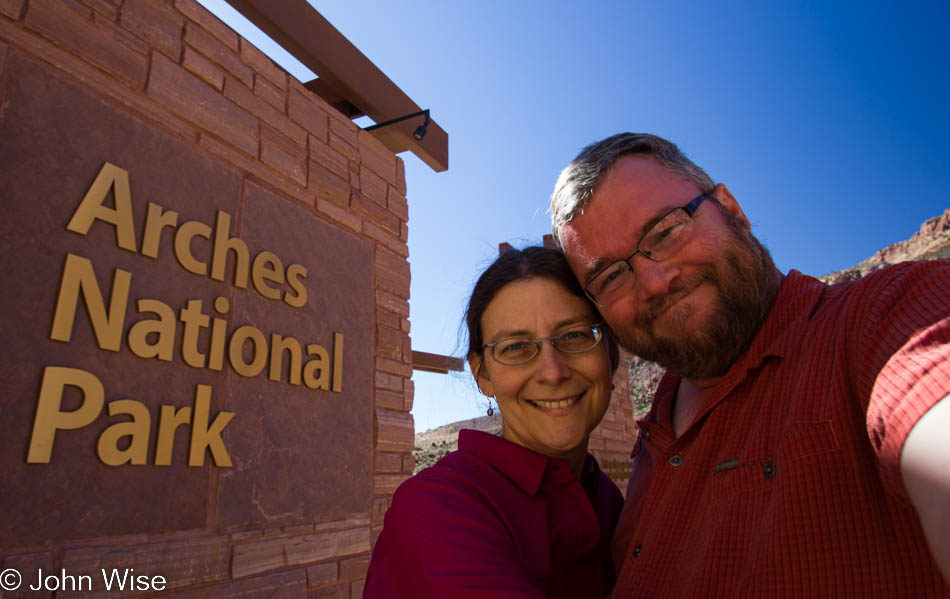
Addendum: This post was missing all of these photos from what I’m calling an addendum. Why I only focused on the fauna and flora in close-up when I originally posted this is now beyond me. So here in the closing days of 2022, I’m rectifying these omissions to include images of where the photos above were taken. Obviously, our day started in Arches National Park.
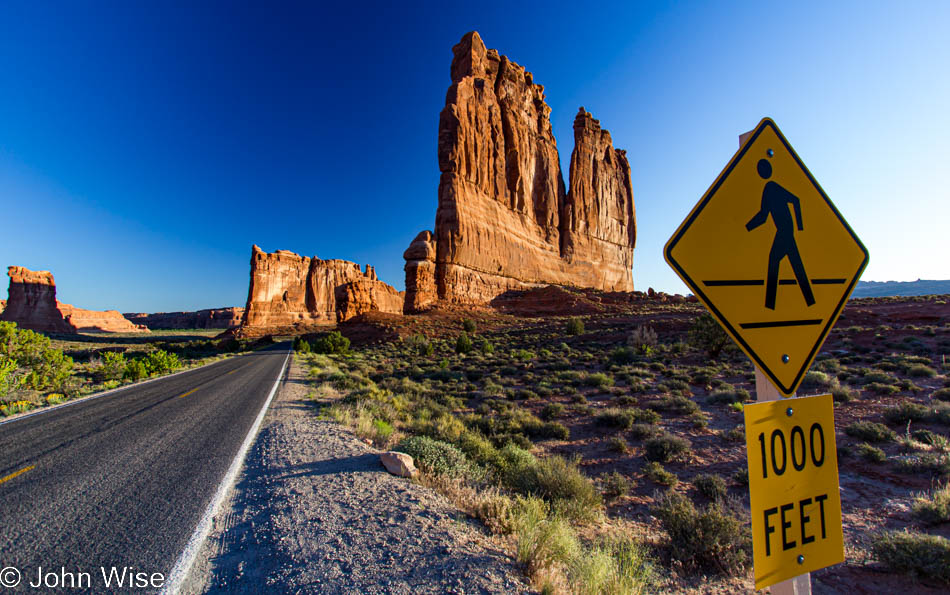
These thin fins, being all that remains of what was once solid rock surrounding them, just feel crazy that they’d still be standing while everything else simply eroded away.
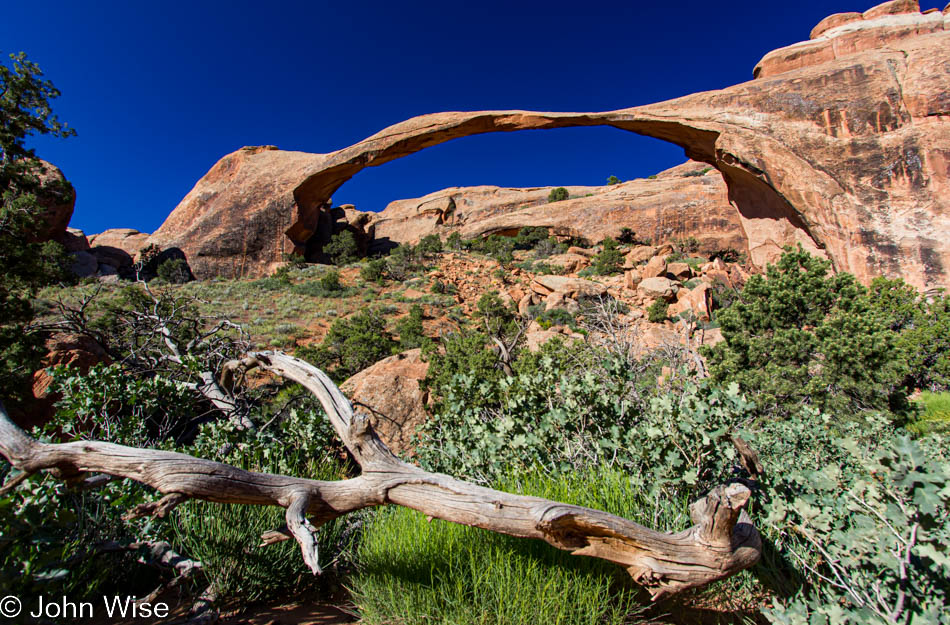
Delicate arch.

After leaving Arches National Park, we headed over to Dead Horse Point State Park still near Moab, Utah.
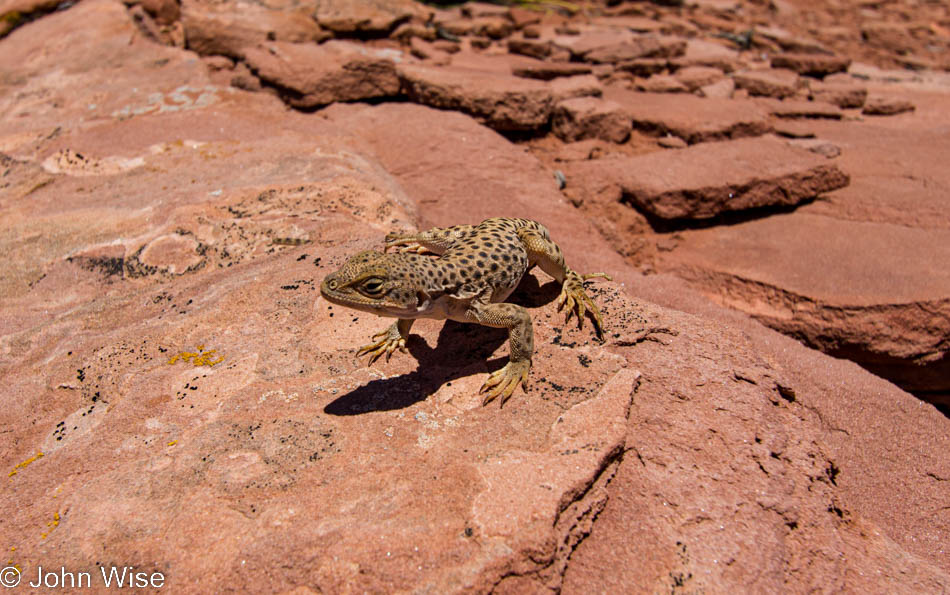
While Caroline works on her Junior Ranger booklet, I’m here with my new lizard friend, taking photos and hanging out.
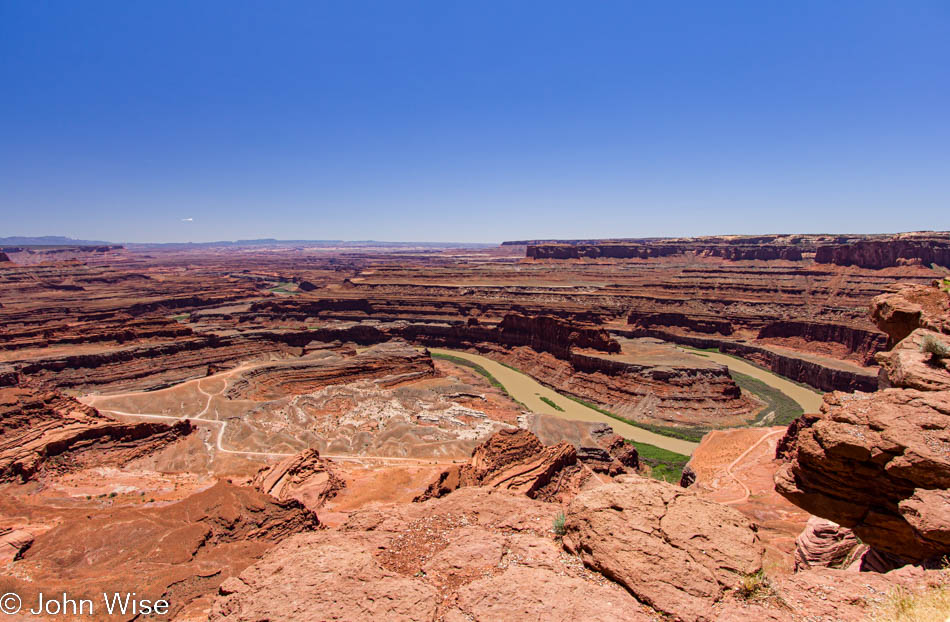
The view from Dead Horse Point of a gooseneck in the Colorado River.

Earning her Dead Horse Point badge and a Red Rock Ranger patch is another pivotal moment in Caroline’s life.
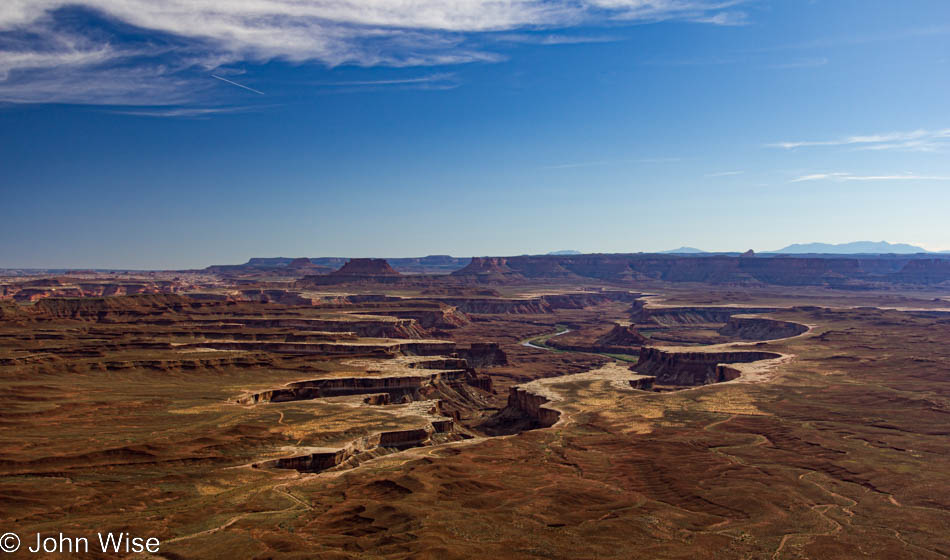
The Green River Overlook in the Canyonlands National Park, Utah.

The Grand View Point in Canyonlands.









